detail profile ota sklen c4 8dka
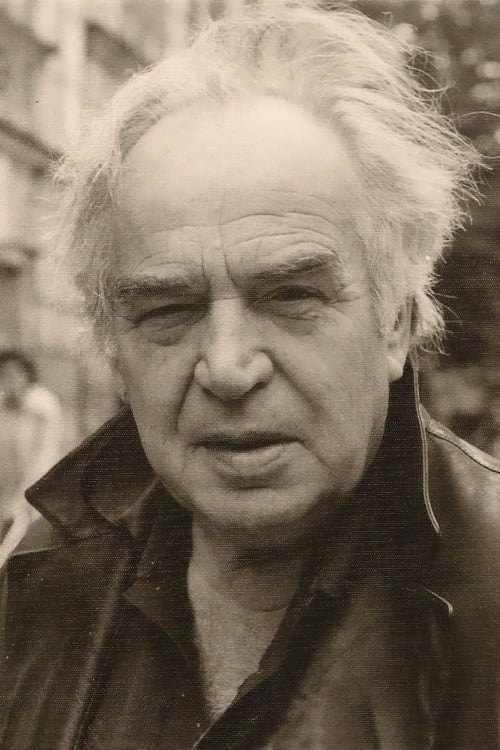
Ota Sklenčka
Ota Sklencka
atau dikenal sebagai
Riwayat Hidup
Ota Sklenčka (19 December 1919 in Hradec Králové – 10 October 1993 in Prague) was a Czech actor.
He starred in the film Poslední propadne peklu under director Ludvík Ráža in 1982.
He graduated from grammar school in 1939, after less than a semester of medical studies, when the Nazis closed down Czech universities, he took the stage.
He started acting with Horror at the Horácký Theater from where he moved to the Tábor theater, later in 1951 he also played in Prague at the Theater in Vinohrady, then under the title Theater of the Czechoslovak Army, respectively.
since September 1955 the Central Theater of the Czechoslovak Army.
From there he moved to the Municipal Theaters of Prague where he played from 1961 to 1975 and his acting career continued until 1980 in the Zdeněk Nejedlý Realistic Theater in Prague's Smíchov (nowadays the Švanda Theater is located here).
From this theater in 1989 he was back to Vinohrady, the new director of the Vinohrady Theater, František Laurin.
Here he remained practically until his death in 1993.
From 1961 he also worked as a theater pedagogue at the Prague DAMU.
His students included, for example, František Němec.
Among his hobbies was artistic activity, he was a relatively good painter and a sports fisherman.
He also worked on radio, in film and was often cast on television, both in serials and television productions.
From Wikipedia, the free encyclopedia
Info Pribadi
Peran Yang Di Mainkan Ota Sklenčka
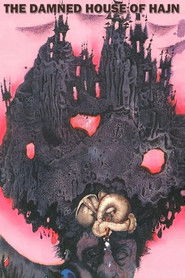 Sonya is the heiress to the...
Sonya is the heiress to the...The Damned House of Hajn 1989
Sonya is the heiress to the riches of a Czech noble family—the Hajns. Petr, a social climber marries her, ignoring some shady goings-on—in particular, an insane uncle who prowls the mansion believing himself invisible, a peccadillo the family indulges. The uncle’s stalking every corner of the house, popping out of cupboards and out from behind curtains slowly takes its toll on the young bride.
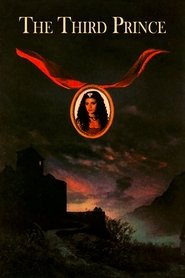 Brave sons of the king twin...
Brave sons of the king twin...The Third Prince 1983
Brave sons of the king, twin brothers Jaroslav and Jaromír love and help each other. It was they and another brother - Jindrich, who once saw the portrait of Princess of Diamond Mountains, fell in love and went on her quest.
 Former Nazi Klaus Abard survives to...
Former Nazi Klaus Abard survives to...Tomorrow I'll Wake Up and Scald Myself with Tea 1977
Former Nazi Klaus Abard survives to the 1990s by taking anti-ageing pills. He plans to use a time travel trip to return to Germany in 1944 and present Hitler with a hydrogen bomb, so that he can win the war. Unfortunately the pilot, woman-chasing Karel Bures, dies on the morning of the trip and his earnest twin brother Jan impersonates him, without knowing about the plot.
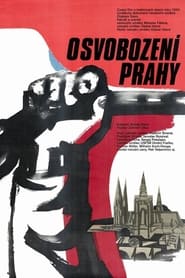 On 20th of April 1945 the Soviet...
On 20th of April 1945 the Soviet...The Liberation of Prague 1977
On 20th of April 1945 the Soviet army launches its attack on Berlin. The end has come for Nazi Germany and Hitler decides to commit suicide. In Prague K.H. Frank (Nazi Secretary of State and Chief of police in the Protectorate of Bohemia a Moravia) discusses with his commanders how to transform the city into an impregnable fortress, but the Praguers do not intend to wait any longer. From the early hours of 4th of May people start assembling in the streets and tearing down German signs. On the next day, the 5th of May, the uprising begins.
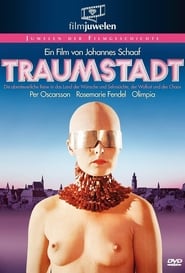 A married couple of artists move...
A married couple of artists move...Dream City 1973
A married couple of artists move to a utopian town known for its absolute freedom, but behind the surface perversion and violence are spreading.
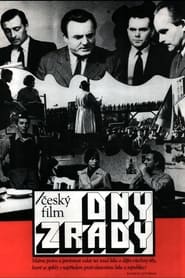 This feature film based on the...
This feature film based on the...Days of Betrayal 1973
This feature film based on the events of 1938 is a chronicle of the futile efforts of the Czechoslovak president Edvard Benes (Jirí Pleskot), politicians and ordinary citizens, to save the independence and the territorial integrity of the state from the advance of Hitler's Germany. On the 29th of March 1938 the leader of the Sudeten Germans Henlein (Werner Ehrlicher) has a meeting with Hitler (Gunnar Möller). Hitler orders him to intensify pressure on the Czechoslovak government. On the 24th of April in Carlsbad, the Sudetendeutsche Partei (Sudeten German Party) decides upon eight demands that are unacceptable to the Czechoslovak President, since they would ultimately lead to the break-up of the Republic. Benes still shows a certain willingness to negotiate, and Henlein resents this. The Germans are determined to make further negotiations impossible through incidents and violence.
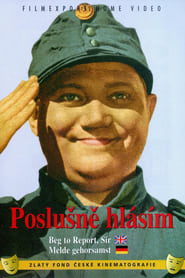 A comedy based on the novel...
A comedy based on the novel...I Dutifully Report 1958
A comedy based on the novel of Jaroslav Hašek's The Good Soldier Svejk happens during the World War I. I Dutifully Report: In the introduction to the second part of the film adaptation of Hašek's novel The Good Soldier Švějk presents his main character Josef Švejk. With the distinctive traditional Czech cartoon character of a soldier Svejk, this time you meet on the way to the front and eventually right in the firing line. You can look at his famous train events, and also probably the most famous episode of the novel, Švejk's Budějovice anabasis. Don't miss the scene with the secretly bought cognac, the episode with Svejk as a fake Russian prisoner of war, including the court scene, and the scene in which lieutenant Dub is caught in a brothel. Despite the criticism, Steklý's adaptation is undoubtedly the most famous and memorable at present.
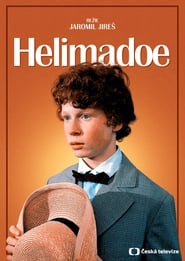

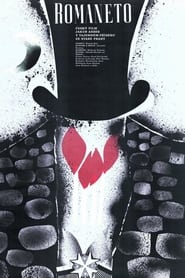
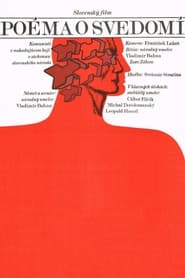
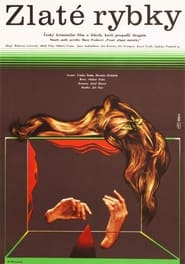
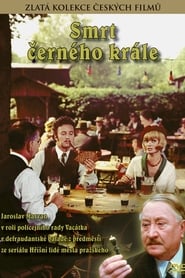
 In 1900 Stepha the vivacious 30 year old...
In 1900 Stepha the vivacious 30 year old...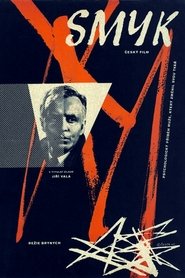 Spy film about a man with...
Spy film about a man with...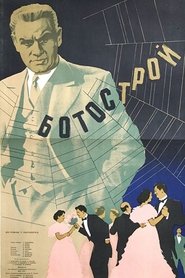 The happenings in a shoe factory...
The happenings in a shoe factory...